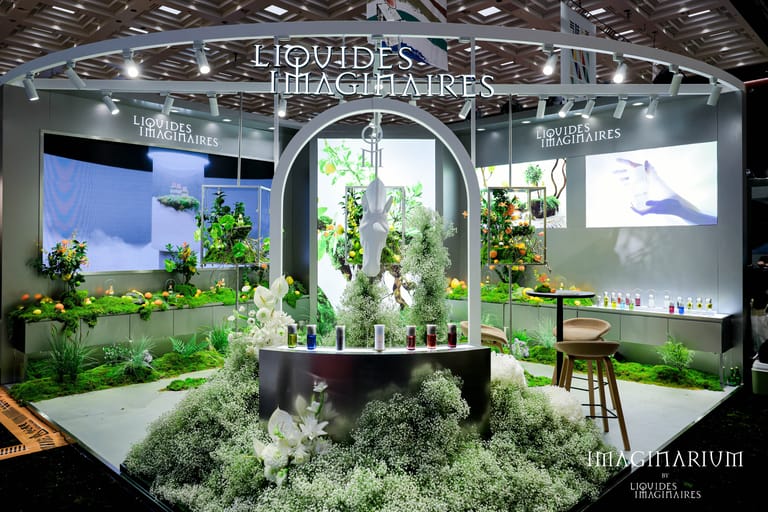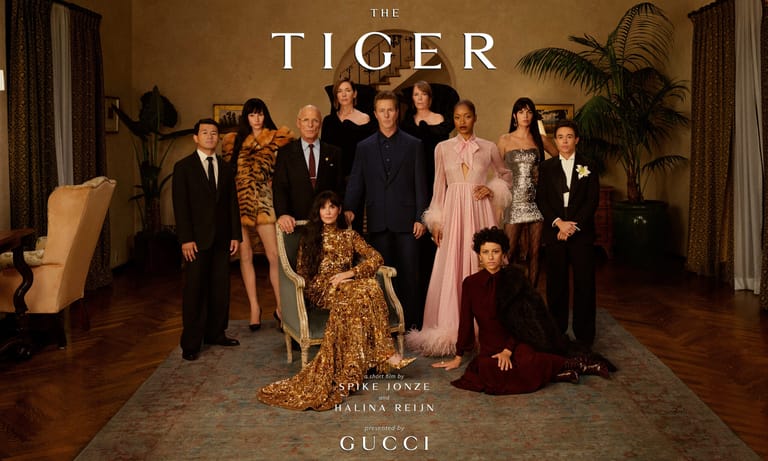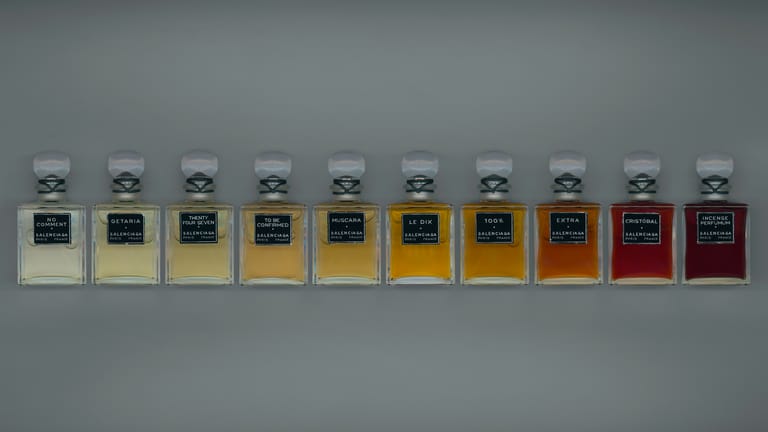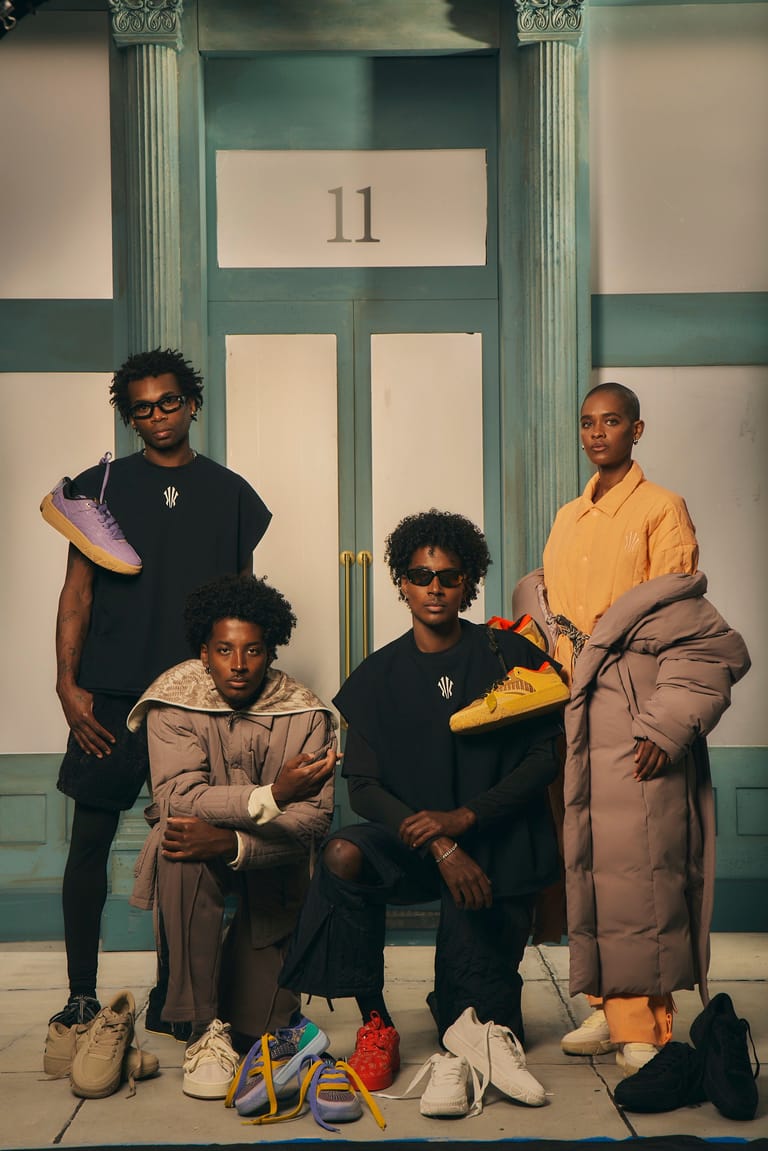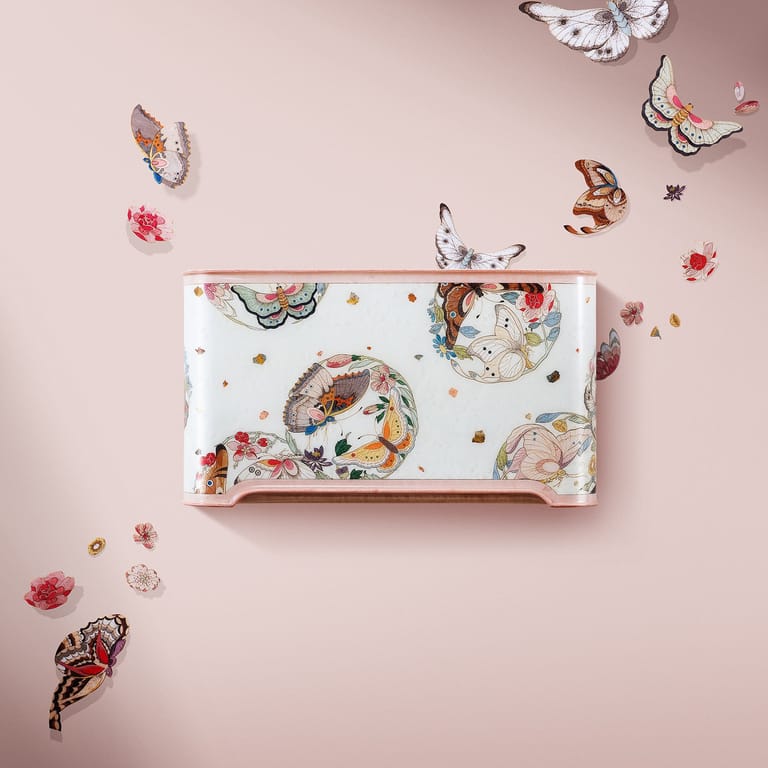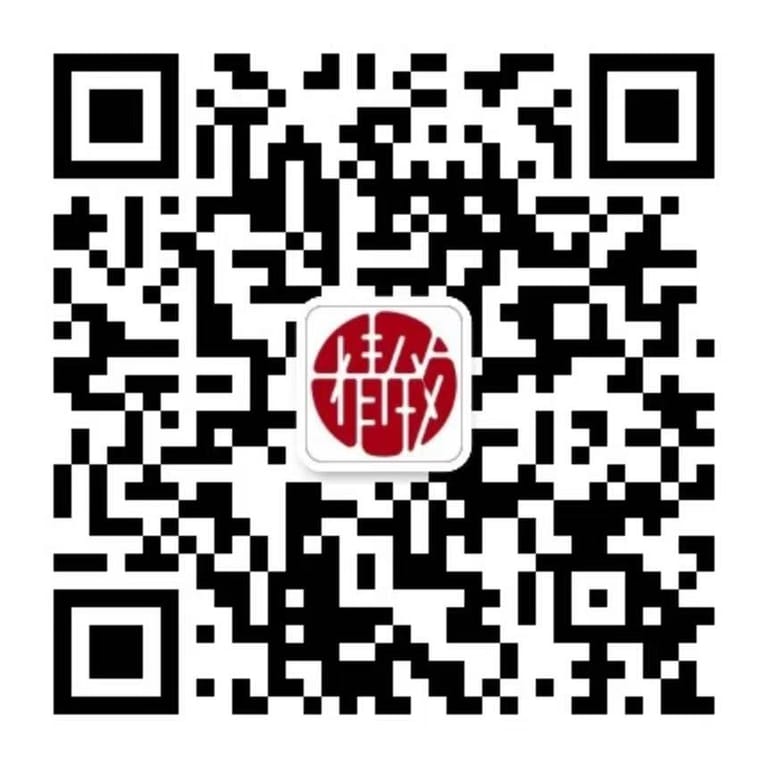Richemont Earnings in Q1 Offers a Glimmer of Hope amid Luxury Market Slowdown
By
Echo Song

Published on
August 21, 2025
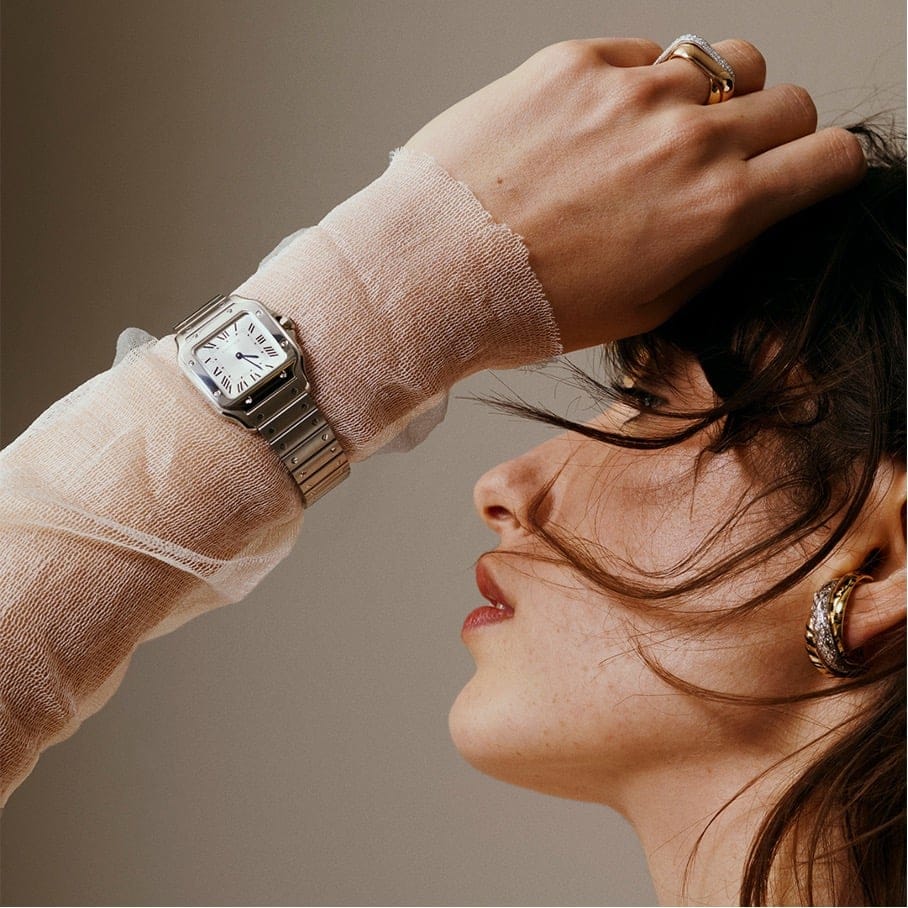
The heat of summer may be pushing 40 degrees Celsius, but the luxury market has certainly cooled. In an era marked by slower growth, more rational spending, and uneven regional performance, “resilience” has become the face of luxury. Against this backdrop, Swiss luxury group Richemont reported steady results for the fiscal 2026 first quarter, with group sales reaching 5.412 billion euros, up 6 percent year-on-year at constant exchange rates (3 percent at actual rates), exceeding analyst expectations.
Growth at Richemont was primarily driven by jewelry, with the Cartier, Van Cleef & Arpels, and Buccellati portfolio recording an 11 percent sales increase. In contrast, the specialist watchmaking division saw a 7 percent decline, although an improvement from the previous quarter’s 10 percent drop. The results illustrate Richemont’s clear “dual-engine” strategy: jewelry as the growth driver, watches as the defensive anchor.
Watches as Long-Term Value Assets in a Downturn
In May 2025, Swiss watch exports dropped 9.5 percent from a year ago , with China and the US declining by 17.4 percent and 25.3 percent, respectively. Swatch Group and LVMH also reported similar watch segment headwinds.
Despite the weak cycle, Richemont’s specialist watchmakers generated 824 million euros in first-quarter sales—a 7 percent decline, but a narrower drop than in the previous quarter. Regional trends diverged: the Americas grew 12 percent year-over-year, supported by steady mid-to-high-end men’s watch spending, while Asia-Pacific demand remained subdued but stable.
Though not a growth engine, watches remain far from a liability. In fact, they provide important “defensive allocation” value, rooted in Richemont’s deep brand portfolio spanning ultra-high-end collectibles, technical innovation, and everyday dress pieces.
Richemont’s nine watch brands—A. Lange & Söhne, Vacheron Constantin, Jaeger-LeCoultre, IWC, Piaget, Panerai, Baume & Mercier, Roger Dubuis, and the Ralph Lauren partnership—cover the full spectrum.
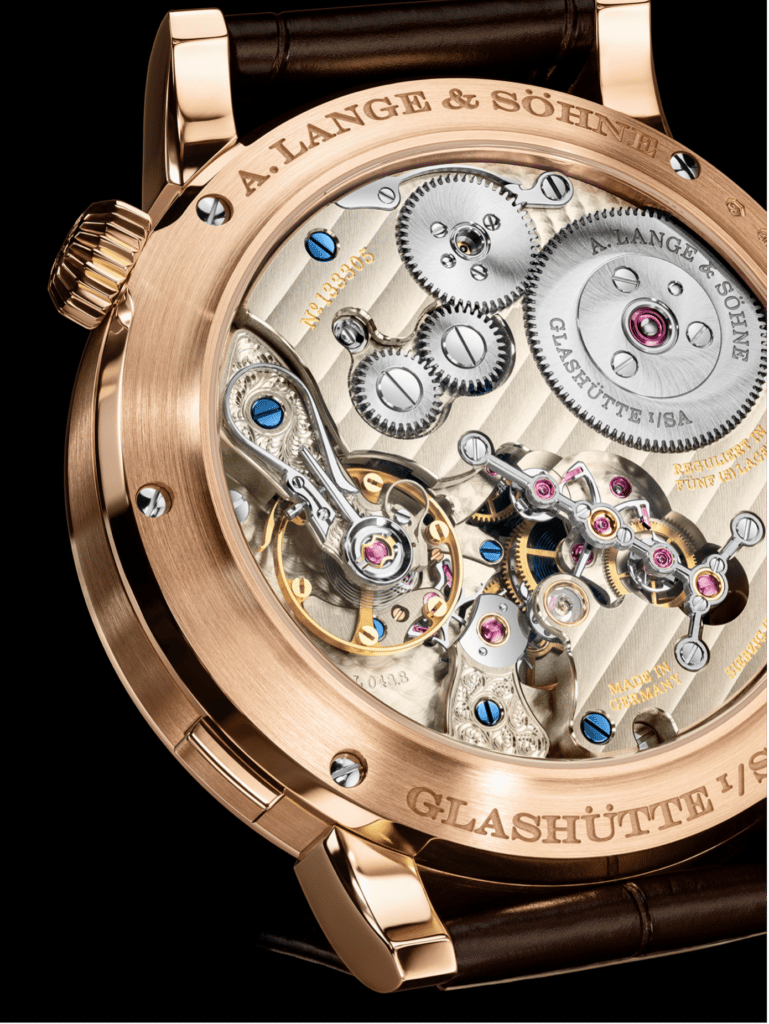
Image Credit: A. Lange & Söhne
The “golden triangle” of Lange, Vacheron, and Jaeger represents the pinnacle: Lange, the crown jewel of German watchmaking, produces under 10,000 pieces annually, often in platinum or 18K gold, combining intricate complications with movement artistry; Vacheron is one of the world’s oldest continuously operating watchmakers, with bespoke Les Cabinotiers creations regarded as wearable art; Jaeger combines aesthetic refinement with movement manufacturing prowess, historically supplying calibers to Audemars Piguet and Vacheron.
Unlike blockbuster steel watches that ride on hype and social media buzz, these high-end timepieces behave more like fine art or rare jewellery, becoming low-volatility assets meant for the long haul. This positioning helps preserve value amid market turbulence. Lange models, such as the Zeitwerk Lumen, have even appreciated at auction, while limited Vacheron complications rarely hit the public market, instead quietly circulating among collectors.
Richemont’s investment in pre-owned platform Watchfinder & Co. has reinforced this positioning. Watchfinder posted high single-digit growth in the first quarter, while standardizing valuation, refurbishment, certification, and pricing under “the Richemont standard.” This has closed the aftermarket loop, safeguarding both resale prices and brand equity.
Jewelry Reimagined: From Safe-Haven Asset to Cultural Symbol
As the Financial Times noted: “When consumers cut budgets but still seek value retention, well-defined jewelry brands are among the least likely luxury goods to be abandoned.” Richemont’s jewelry division has now posted three straight quarters of double-digit growth, against the backdrop of softening luxury demand.
The strength comes from three key factors:
- Precious metals as global safe-haven assets
- Sustained cultural storytelling by top brands
- Greater efficiency in direct-to-consumer (DTC) channels
With gold prices surging to nearly $3,200 per ounce in the second quarter of 2025—its highest in a decade—economic uncertainty and geopolitical tensions have revived its status as a store of value. Chinese consumers, in particular, are embracing gold with fresh enthusiasm, from traditional craftwork to 3D hard gold and “gold jewelry styling” trends on social media.
Lao Pu Gold, a heritage Chinese jeweler, is poised for a blockbuster first half, with revenues expected to surge to between 241 and 255 percent year-on-year and net profit nearly tripling to between 2.23 billion and 2.28 billion yuan, underscoring a vibrant resurgence of gold among young consumers.

Image Credit: Lao Pu Gold
Yet this “gold fever” hasn’t eaten into high jewellery sales. Brands like Cartier and Van Cleef & Arpels play by a different set of rules, focusing less on metal value and more on emotional resonance and cultural storytelling.
Since 2023, Van Cleef has been curating immersive cultural experiences like Poetry of Time and garden-themed interactive spaces in cities like London, Singapore, and Shanghai, partnering with poets and scholars to transform jewellery into vessels of sentiment. Poetry of Time, which offers visitors a behind-the-scenes look at the craft of watchmaking, recently concluded a six-week run in Shanghai. Meanwhile, Cartier continues expanding the narratives around its iconic Love, Juste un Clou, and Grain de Café collections on social media, deepening emotional connections with its audience.
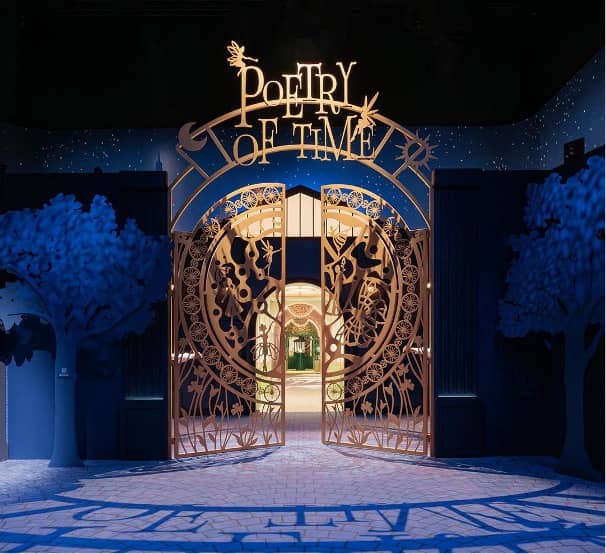
Image Credit: Van Cleef & Arpel
From a long-term view, these brands target consumers who have moved beyond their “golden awakening” toward more symbolic and aesthetic value. In fact, heritage gold brands may even expand the cultural base for jewelry consumption, paving the way for an upgrade in luxury. As CEO Nicolas Bos remarked in May 2025: “Lao Pu Gold has reinvigorated desire and vitality across the jewelry market, pushing us to remain creative.”
Operational Strength in Direct-to-Consumer Channels
Richemont’s focus on DTC channels has reinforced control over pricing, customer data, and post-sales service. Over 80 percent of first-quarter jewelry sales came from self-operated channels, with Cartier in China leveraging WeChat-based membership, appointment, and custom-service systems to offset rising customer acquisition costs.
Richemont is treating China not just as a sales market, but as a strategic innovation hub for experience-driven luxury.
Navigating the Luxury Market’s Gear Shift
The luxury market is entering a transition, both a slowdown and a stress test for resilience. Richemont’s steady results reflect its precise category management, sustained brand asset building, and digital capabilities.
Yet even Richemont must confront a pressing challenge: diversifying growth beyond its high jewelry stronghold. The group has previously translated precious-metal jewelry from a hard asset into a cultural asset, securing long-term growth certainty. Replicating this transformation across categories may be its key to unlocking new growth curves in the next cycle.
In the current downturn, Richemont faces a rare window for innovation and reinvention—so long as it holds fast to, and evolves, its core strengths. After all, the time for luxury’s next growth curve is not infinite.
Strategic Implications
Jewelry as the Core Growth Engine
- Richemont’s success underscores the strength of high jewelry, repositioned from a hard asset to a cultural symbol, offering resilience amid luxury’s broader slowdown.
Watches as Defensive, Long-Term Assets
- Ultra-high-end watchmaking behaves more like collectible art than trend-driven accessories, reinforcing Richemont’s brand equity through stability and heritage.
China as a Market for Innovation, Not Just Sales
- Localized clienteling and immersive storytelling in China highlight Richemont’s use of the market as a luxury innovation lab.
DTC Enables Control, Loyalty, and Efficiency
- High DTC penetration strengthens pricing power, consumer data insights, and long-term client relationships in a market with rising acquisition costs.
Replicating the Jewelry Playbook Will Be Key
- To unlock the next growth cycle, Richemont must apply its jewelry transformation logic involving cultural storytelling, scarcity, and emotion across underleveraged categories.



